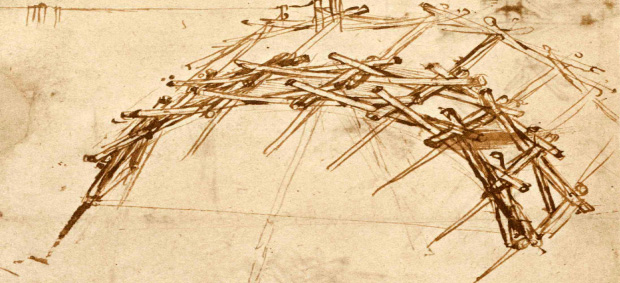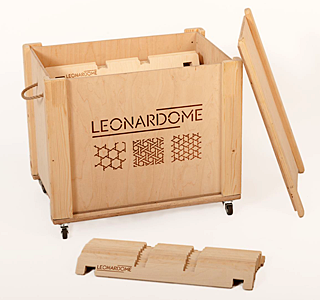Leonardome is an innovative educational activity for you and your students. We offer you the opportunity to construct domes based on the various patterns designed by Leonardo da Vinci 500 years ago. It is a multi-disciplinary and playful activity in which knowledge, experimentation and teamwork all come together.
The domes of Leonardome are built using pieces which are all the same shape and without any fixing element: the weight of the pieces themselves is sufficient to maintain its stability.
The construction makes it possible to work with multiple concepts and abilities. This is why we talk about meaningful learning: knowledge is assimilated in an integrated way and, at the same time, the competencies that are the basis of 21st century education are developed.
With this resource, we put the students at the centre of their own learning, we allow them to experiment and, no less importantly, we awaken their emotions.































